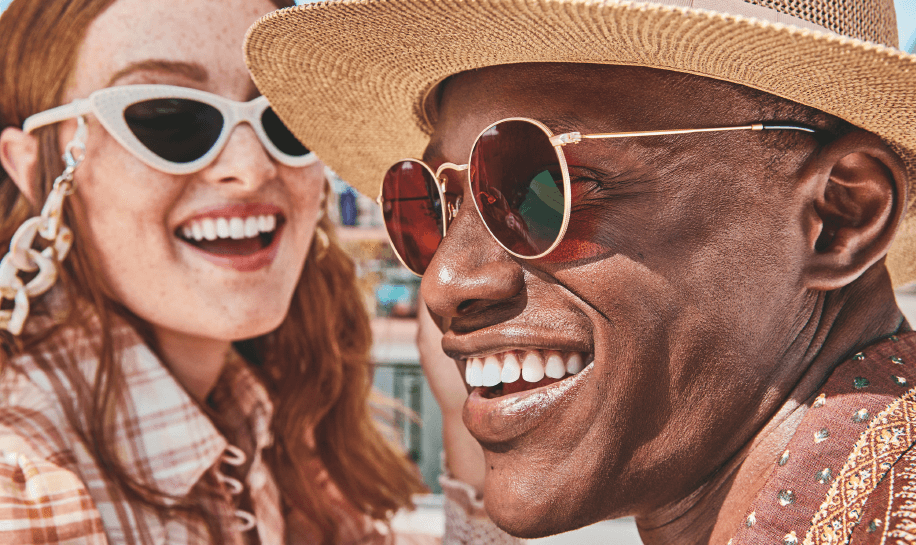Classic Green Sunglasses
In 1930, Dr. Bausch and Lomb successfully crafted the world’s first teardrop-shaped sunglasses with green lenses, initially embraced by American fighter pilots. It wasn’t until 1937 that they introduced the same sunglasses to the general public, renaming them Ray-Ban, creating a massive sensation. The image below showcases the original design of green sunglasses, a timeless classic.
Fast forward to the 1980s when Tom Cruise starred in the 1986 movie “Top Gun.” His choice of emerald-green sunglasses continued the legacy, setting new fashion trends. The 24-year-old Tom Cruise, donning the original Ray-Ban Aviator sunglasses (RB3025), piloting the F14 Tomcat fighter jet, elevated the charm of Air Force pilots, and the RB3025 earned the nickname “Top Gun” glasses. This further fueled the passion for green sunglasses.

You might wonder, why did Dr. Bausch and Lomb opt for green or emerald as the primary sunglass color rather than the now equally popular gray or brown?
Firstly, it’s crucial to understand that the initial users of green sunglasses were pilots. Green lenses effectively absorb strong light and ultraviolet rays, reducing harm to pilots’ eyes. They also decrease glare, enhance shadow recognition, prevent image distortion, and fulfill pilots’ operational and visual needs. While absorbing light, they maximize the influx of green light into the eyes, creating a soothing, comfortable feeling, greatly alleviating pilot fatigue. These lenses maintain excellent color balance and are suitable for varying light conditions.

Gray lenses, in contrast, evenly absorb all types of light, causing objects to appear relatively darker on overcast or low-light days. Brown lenses enhance brightness, but they are less suitable for tasks that require accurate color discrimination and are better suited for air pollution or foggy conditions.
Hence, when considering these factors, green sunglasses not only have a more natural hue but also better cater to pilots’ requirements.
However, for our regular wearers who don’t require such strict conditions, gray and brown sunglasses are more appropriate for daily life. Gray is excellent for blocking strong light, while brown can filter out a significant amount of blue light, providing extra eye protection. The choice of lenses should align with your color preferences and specific needs.

Zenni offers a variety of green sunglasses and tint options:
Classic Tint: Dark green – 80% sunglass level. Blocks strong light and UV rays, reduces glare, and provides a cool, comfortable feel, ideal for individuals prone to eye fatigue.

Gradient Tints: Sage – The color is darker at the top than at the bottom of the lens, offering 70-80% sunglass level tint at the top. The gradient effect is visually appealing.

Fashion Tints: Light green – 10% sunglass level. A light tint for a trendy appearance.

Classic Mirror Tints: – Highly reflective, mirror-like surface on the outside that reduces glare by enhancing the lens’s reflection capability, keeping the images on the lens surface. Additionally, people looking at you can’t see your eyes. The inner surface has anti-reflective and anti-smudge features for effective glare prevention and easy cleaning.

Moreover, we offer various green frame options to cater to our customers’ love for the color. Green frames, paired with green lenses, offer a natural touch, protecting your eyes while making you more vibrant and prominent.

Furthermore, we provide glow-in-the-dark fluorescent frames, creating bright green effects in the dark, making you the center of attention at parties and providing safety warnings during nighttime activities.

In conclusion, the color green embodies numerous positive attributes: freshness, hope, safety, calmness, comfort, life, peace, serenity, nature, sustainability, growth, vitality, youthfulness, and relaxation. So, owning a pair of green glasses not only protects your eyes but also enhances your mood.



 Canada
Canada